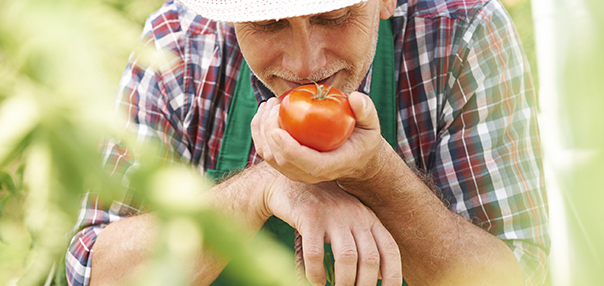
There are numerous answers depending on who you talk to. For the purposes of our conversation, we are defining quality based upon relative nutritional value, which we expect correlates with flavor and aroma. In food science, the term nutrient density refers to the relative level of nutrients per unit calorie. In this conversation we are referring to that type of quality. For example, a big juicy gala apple might have 10 nutrients per calorie, and a smaller denser gala apple might have 20 nutrients per calorie. The smaller apple would then be twice as “nutrient dense” as the larger apple.
Of course, it is not that simple because there are numerous different nutrients, and they come in different levels and ratios depending on the dynamics of how the crop was produced. Food quality then, from this nutrient density perspective, is a difficult metric to assess. It isn’t just one characteristic, but is the combination of a number of metrics. The Bionutrient Meter, combined with our other research projects and our lab testing, is delving into this question of quality.
And you can help.
The type of analysis we’re doing to determine food quality is one that requires lots of data points. As handheld devices are used in fields and kitchens, and the resulting data is correlated with laboratory measurements, a basic definition of nutrient density is now emerging. And it is also sparking further questions and study.
We expect this to be an iterative process that will evolve over time, and one that helps to define the continuum of variation in nutrient density in food. By 2020, our basic definition of the variation in carrots will likely be able to define one carrot as 42 out of 100, and another carrot as 83 out of 100. And we expect that as more data is collected over time, and as production practices evolve, our understanding will deepen.
Our goal is to make sure this process takes place transparently. History has demonstrated if it’s not open data and open technology, then this kind of information will inevitably get hidden behind the proprietary, copyrighted veil of industry players, or squelched altogether in the interest of serving bottom lines instead of our families and the planet. If we want to know what we’re eating, and drive the revolution in food, crop, and environmental quality and health, then we need to be involved and support citizen science.
Thus we welcome your support in answering this basic question:

